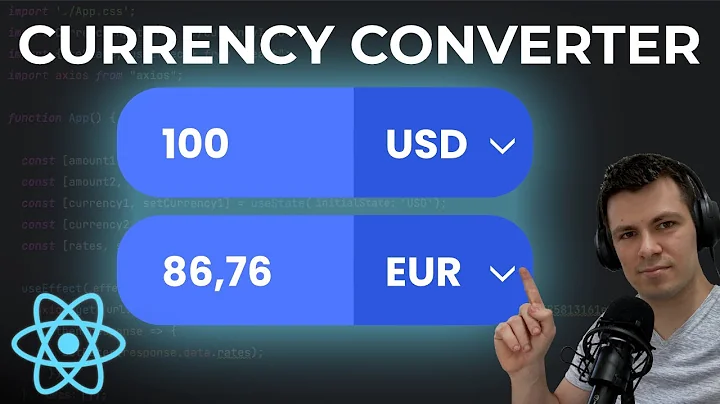Optimize Your Shopify Shipping Settings for Efficient Delivery
Table of Contents
- Introduction
- Shipping Profiles
- Backup Shipping Rates
- Local Delivery
- Enabling Local Delivery
- Setting Delivery Area with Postcodes
- Specifying Minimum Order Price and Delivery Cost
- Applying Conditional Pricing
- Adding Delivery Information Message
- Creating Additional Delivery Zones
- Setting Delivery Area Based on Distance
- Local Pickup
- Enabling Local Pickup
- Setting Estimated Pickup Time
- Adding Instructions for Customers
- Order Fulfillment Process for Local Pickup
- Limitations of Local Pickup
- Packages
- Default Package
- Adding Additional Packages
- Shopify Shipping Labels
- Using Shopify Shipping for Calculating Shipping Rates
- Buying Shipping Labels and Printing
- Limitations of Shopify Shipping Labels
- Customization of Packing Slips
- Carrier Accounts
- Custom Order Fulfillment
- Conclusion
Introduction
In this article, we will explore the various shipping settings available in Shopify and how to configure them for your online store. Shipping is a crucial aspect of e-commerce, and it is essential to offer reliable and efficient shipping options to your customers. We will cover topics such as shipping profiles, backup shipping rates, local delivery, local pickup, packages, Shopify shipping labels, customization of packing slips, carrier accounts, and custom order fulfillment. By the end of this article, you will have a comprehensive understanding of the shipping settings in Shopify and how to optimize them for your business.
Shipping Profiles
Shipping profiles were covered in the previous lesson. In this section, we will focus on the remaining shipping settings offered by Shopify. These settings include backup shipping rates for stores using third-party carriers, local delivery, local pickup, packages, Shopify shipping labels, and more. Let's dive into each setting one by one.
Backup Shipping Rates
The next setting we come across within the shipping section is for backup shipping rates. This setting is relevant for stores that use third-party carriers to provide shipping costs to customers. Network problems may occur from time to time, leading to delays or no shipping cost provided. To prevent abandonment, Shopify provides backup shipping rates. These rates cannot be altered but are better to show than losing a sale. You have the option to activate or deactivate this setting.
Local Delivery
The next section refers to local delivery. In this setting, you have control over which of your locations can offer local delivery. By default, local delivery is disabled for all locations, but you can enable it by clicking on "Manage." Once enabled, you can set the delivery area, including postcodes and minimum order price. Conditional pricing can also be applied. Additionally, you can enter a delivery information message for customers.
Local Pickup
The local pickup option allows customers to collect their orders directly from your store. You can enable local pickup by clicking on "Manage." You can set an estimated pickup time and add instructions for customers. The order fulfillment process for local pickup involves verifying stock availability and notifying the customer when the order is ready. However, local pickup is not available for customers using accelerated checkout methods like Apple or Google Pay.
Packages
Packages play a crucial role in calculating shipping rates at the checkout. Shopify offers the option to save default package details and add additional packages. The default package is used in weight-based shipping rates and carrier-based shipping rates. You can set the package name, dimensions, and weight. Additional packages can be added, and you can choose whether to make them the default package for calculating shipping rates.
Shopify Shipping Labels
If you want to use Shopify to generate shipping labels, you can select carrier services and buy shipping labels at the point of order fulfillment. Shopify integrates with carriers like Hermes (available in the UK). Package details are required for selecting the desired shipping service and generating the shipping label. However, there are limitations to using Shopify shipping labels with Hermes, such as shipping within the UK only and no support for international destinations, Channel Islands, British Forces Post Office locations, pickups, and return labels.
Customization of Packing Slips
Packing slips are documents that accompany the shipped orders and provide information about the products. Shopify allows customization of packing slips to align with your brand. The packing slip template can be edited using code. If you are uncomfortable with code editing, you can reach out for assistance in customizing the packing slip to match your brand. Utilize this opportunity to promote your brand when customers unpack their orders.
Carrier Accounts
If you have your own account with a shipping carrier, you can display your negotiated rates to customers at the checkout. This feature allows transparency and helps customers make informed decisions. However, at the time of recording, only Hermes is available as a carrier in the UK, and it is not supported for carrier accounts in Shopify.
Custom Order Fulfillment
If you use a fulfillment service to process your orders, you can add the service's name and email address in the custom order fulfillment setting. This is suitable if the fulfillment provider can process an order via email. Once the fulfillment service details are entered, you need to assign the fulfillment service to relevant product listings. To send a fulfillment request email, mark the order as fulfilled when the product is ready to be shipped. Multiple fulfillment services can be added if needed.
Conclusion
Shipping settings are an essential aspect of running an online store. Shopify offers a comprehensive range of settings to help you provide efficient and reliable shipping options to your customers. In this article, we explored various shipping settings, including shipping profiles, backup shipping rates, local delivery, local pickup, packages, Shopify shipping labels, customization of packing slips, carrier accounts, and custom order fulfillment. By understanding and optimizing these settings, you can streamline your shipping process and enhance the customer experience.






















